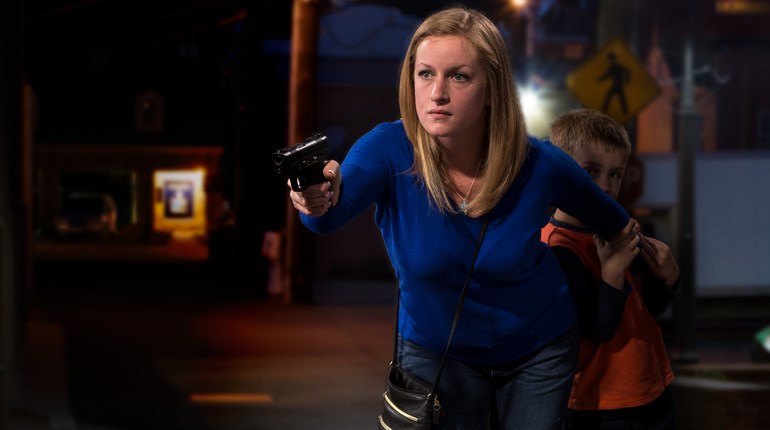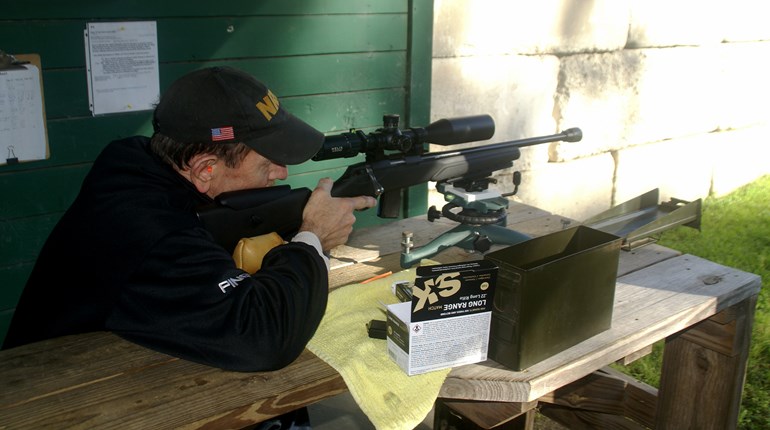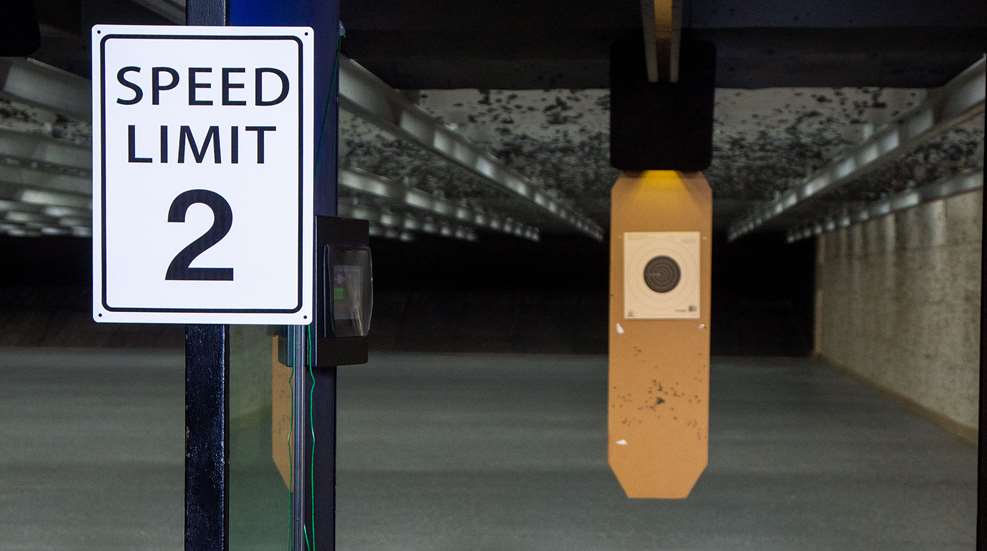
When you first start shooting, the idea of mastery might not be at the forefront of your mind. Maybe shooting is just recreational and not too important, or maybe you don’t believe you need to master these skills. Throughout my career as an instructor, I’ve run into both types of students and everyone in between. If mastery is your goal, then you will eventually discover you need to build confidence. Knowing you have the skills to perform well under pressure is a huge confidence booster. You then realize there are two confidences to master: skills and situational confidence.
If something is of value, it will have to be measured in some way. Skills confidence is the most popular in my opinion, because it is easy to see and do. If it is observable, we can measure its value. The way we define skills confidence is the ability to repeatedly perform—on demand—to a known standard. There are several examples, but most will fall into one or both buckets: accuracy and speed. In the beginning, it is tempting to place speed over accuracy, but speed is a false prophet to most. Instead, you need to master your level of accuracy under a variety of conditions, all of which will be unknown to you prior to the event.
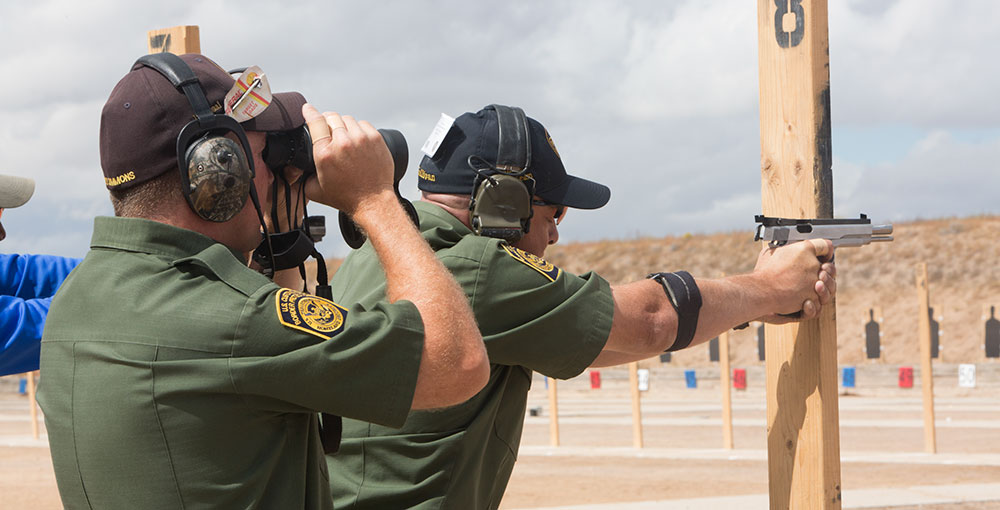
Accuracy does not solely imply how close to the bullseye you can get, but the precision of your movement. Quality of movement is what you can expect under high stress with skills confidence. When things get hairy, there will be a natural decay of skills. Even so, good skills confidence will be more than adequate for the task at hand.
If you’ve been on the firing line with me, you’ve probably heard me say “slow down” over and over. As we build your skill, I must convince you to think slow to go fast. It seems counterintuitive, but what this phrase means is you must think through the individual steps. This is the “think slow” portion. As you think through the technique, you have a much higher likelihood of learning the technique correctly and, consequently, practicing it correctly. As you think slow, you give your body the chance to learn the skill at a granular level. Thinking through each of the steps ensures you perform each one to the minimum standard, thereby producing a positive outcome. As you perform the skill more and more, the skill begins to automate and you think less, which leads to “go fast.” Going fast will become natural as you think less and less. Speed control comes from being disciplined to think slow. The net result is you learn the technique correctly in the first place, which greatly improves your skill confidence.
As you develop more skills confidence, you will inevitably look to develop situational confidence. The two are necessary and cannot live without the other. You cannot have situational confidence without skills confidence, and without skills confidence there is no situational confidence. When you start to explore situational confidence, you discover a painful lesson: very little is within your control. You are adapting and, in some cases, improvising to solve the problem. Those with highly developed problem-solving skills are successful because they can divert most, if not all, of their mental energy toward the big picture. While employing deadly force with a firearm can be a solution, it is more a part of the solution. What I mean is the act of using the firearm is more governed by a person’s skills confidence level. However, when skills confidence is low—or worse, you have a false sense of skills confidence—you get a rude awakening.
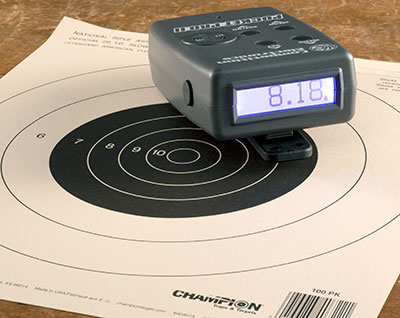
It is easy to see who puts in the work on the flat range to develop their skills confidence. There is a common trait, and it is not speed—it is quality of movement. What that means is a combination of precision and timing of movement. Even the top of the food chain will see a degradation of skills under stress, but the degradation is well within acceptable standards. If you are guaranteeing a certain level of accuracy during training, a good rule of thumb is 50-percent degradation. This means instead of putting all rounds in an 8-inch circle, they will land within a 12-inch circle.
The real eye opener is the timing of the movement. They don’t necessarily shoot faster—though to the average person it seems faster—they shoot sooner. But, here is the real treat: Their decision-making under pressure is far more accurate. This is the ultimate goal for anyone in a life-or-death situation where split-second decisions must be made.
Those who put in the work on the flat range to be disciplined reaped the benefits when we put them in a variety of situations. The interesting observation is the overall speed of movement was about the same, and dictated not by the target so much, but how quickly they processed the information and could see their sights. As the situation evolved, they, too, were evolving, and their firing solutions evolved as well.
Of course, there is a steep learning curve. When the skills confidence is less refined, the student will struggle on multiple fronts. We typically see it in two modes: shot placement and decision making. I’m sure we can all agree both are very important. So, how do you improve the performance of both?
There is no easy answer, and there are no shortcuts. You must put in the work, which brings us back to discipline. If you have the discipline to work hard and focus, you will see the benefits accumulate over time. It’s really about consistency. You must put in the work on a regular basis. When we would run an advanced team-tactics or CQB class, you could tell the make-up of the team pretty much after the first run through the shoot house. You had the veterans and the rookies. The veterans moved with efficiency, navigating through the various obstacles and oddities we would throw at them. They had enough experience to problem solve much faster and more accurately. The linear progression typically used for this type of training proves invaluable, as the shooters have a lot more to do than just shoot.
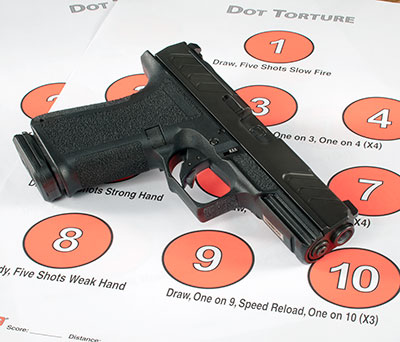
Rookies were easy to spot as well, partly because they tended to be the younger members of the team, but also their movements were less refined, prone to error and rough. It was enjoyable to watch their learning take place from above. I’m not kidding when I say you could see the gears turning. From a safe vantage point standing over them, you could see they were recognizing the problems, but just not able to solve them with the tools they had. In the same situation, you could see the veterans solve the problems often with little to no dwell time. The newer team members lacked the situational confidence. Faced with problems they had to solve in real time, there was almost no thought applied to their shooting skills. They had to be automated or at a high level of skills confidence.
It became more apparent when they tried to move faster than they could process the available information, often referred to as “outrunning their headlights.” This is where discipline was again key. You want to move fast, because you watch everyone around you moving faster. The problem is, you forget they had put in all the work to eventually move at what you believe to be a fast pace. Mistakes can have severe consequences in these high-risk settings, and what would eventually happen is they would slow down or get cut from the team. When they slowed down, it allowed them to see what they needed to see to make life-or-death decisions. But, it also allowed their skills confidence to flourish.
It is easy to see who puts in the work on the flat range to develop their skills confidence. There is a common trait, and it is not speed—it is quality of movement.
When you put a high premium on speed, you do so because you have developed the requisite skills to achieve those higher speeds. You have laid the groundwork, refined your technique, perfected your movements and identified the fault lines and pain points. You begin to see how it takes less mental energy to perform at high levels. Your skills confidence is now automated or close to automated. As you work through problems to build your situational confidence, you see less mental energy diverted to your shooting, without resulting in poor performance. It becomes evident to you at some point, or what I like to call the “a-ha” moment.
When we push accuracy over speed, we get a better product, one that can withstand being exposed to an unknown and unknowable situation. Your speed will naturally increase, not because you are going faster, but because you are using the minimal amount of movement making the fewest errors possible. This is the peak of skills confidence. Situational confidence develops as you are exposed to novel situations relying on your skills confidence to free up mental energy to solve the problem. The discipline is staying focused on first developing skills confidence, then your situational confidence. Then, you will be able to solve a problem faster and more accurately.












